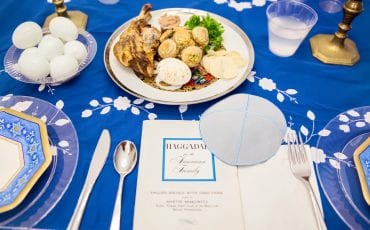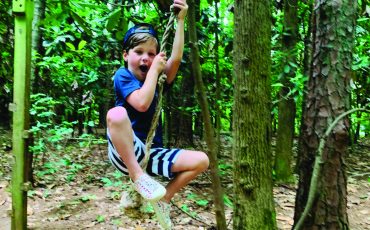Make Spelling Fun With These Strategies

Studies show multi-sensory techniques that use seeing, hearing, touching and moving simultaneously lead to more efficient and effective learning. Try these strategies to amp up learning and make spelling fun.
Table of Contents
Play Scrabble
Get out the board game and ask your child to create a Scrabble setup using only the words from the spelling list. Making the words is an active, tactile and visual learning process that keeps kids engaged. Add math practice by calculating which word scores the most points.
Categorize
Make a chart with columns for each kind of word in the spelling list, and let learners put each one in its place. You might have columns for words with “er” or “ir” or for “objects,” “actions” and “adjectives.” Our brains like to store information in categories, so this task helps kids remember words.
Alphabetize
Instead of writing the list in the same order repeatedly, re-organize it each time. First, copy the list as provided. Then, write words in alphabetical order. On the next round, write them in order from shortest to longest. Capturing information in several ways forces kids to really think about each word instead of copying mindlessly.
Make up mnemonics
Some words are so hard to spell that the only way to remember them is to make up a memory aid. You’re probably familiar with rhymes such as “‘i’ before ‘e,’ except after ‘c,’ or when sounding like ‘a’ in neighbor and weigh.” Encourage kids to make up their own silly sayings or simple songs to remember tricky spellings. The best memory aids are the ones kids create for themselves.
Feel it out
Fill a cookie sheet with sand and have your child write out her words with her fingertip. Or – for some good clean fun – let her finger paint spelling words on the bathtub walls using shaving cream. Tactile sensations form an additional memory trace learners can use during recall. Kids can retrace movements on the desk top during the spelling test.
Highlight the hard parts
Prompt kids to write words with colored markers and bold strokes, putting additional emphasis on troublesome letters or syllables. For instance, your child might write mOnkey to remind herself that the first vowel in this word is “o,” not “u.” Vivid visual features stand out in our memories. Adding ears and a mouth to turn the “O” into a monkey face would make this even more effective.
Write five phrases
Use each word to create five alternate phrases. Writing “block of ice” and “around the block” connects the word block to other things your child already knows. Putting words into context also gets kids to think about the sound and meaning of the words, rather than copying letters.
Draw a doodle
Let little artists create custom doodles that bring words to life on the page. Turn individual letters into symbols – like a snake in place of the “s” or a boomerang in place of a “v” – or draw the word’s meaning in the spaces around the letters themselves.
– Heidi Smith Luedtke







